Experience a magical day at the Chengdu Panda Base! Get up close with adorable giant pandas, watch them play, eat, and even see cute baby pandas in the nursery. It’s a fun and unforgettable family-friendly adventure you can’t miss in China. Book your tour now for an amazing wildlife encounter!
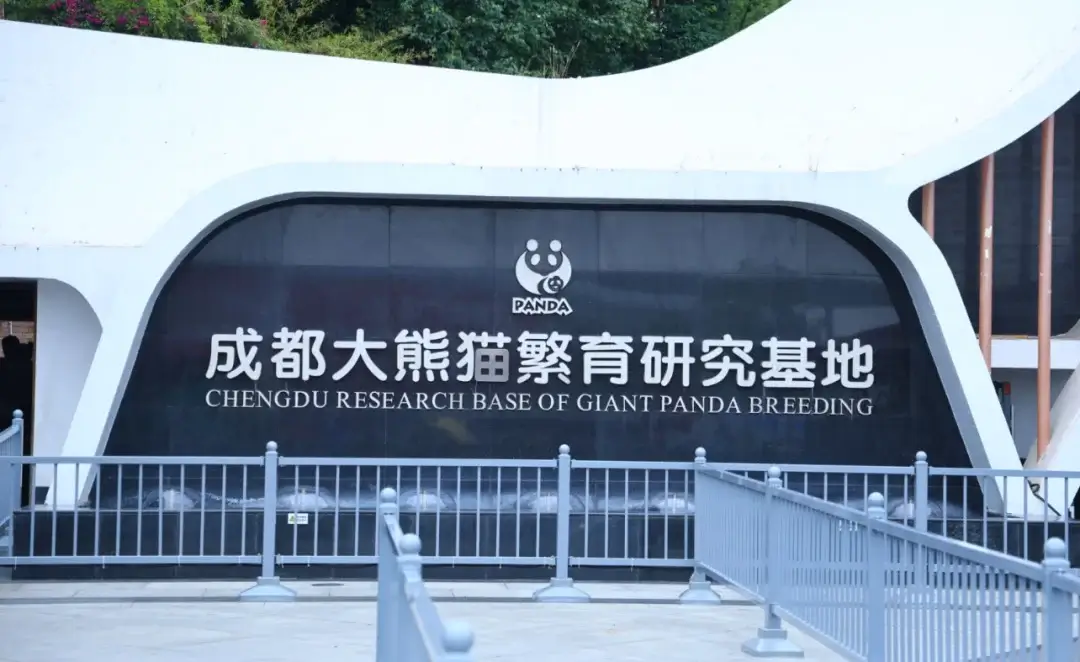
Introduction
The Chengdu Research Base of Giant Panda Breeding is located at No. 1375 Panda Avenue, Chenghua District, Chengdu. Covering a total area of 3,570 mu (approximately 238 hectares), it is a world-renowned facility for ex situ conservation, scientific research and breeding, public education, and educational tourism. The base houses the world’s largest captive population of giant pandas, with the breeding population reaching 215 individuals by the end of 2020.

Panda Viewing Area
Adult Panda Enclosure: Here you can observe adult giant pandas leisurely strolling through bamboo groves, munching on bamboo shoots, climbing trees, and taking naps—all in perfect contentment. The best viewing times are from 9:30 AM to 11:30 AM and 2:00 PM to 4:00 PM.
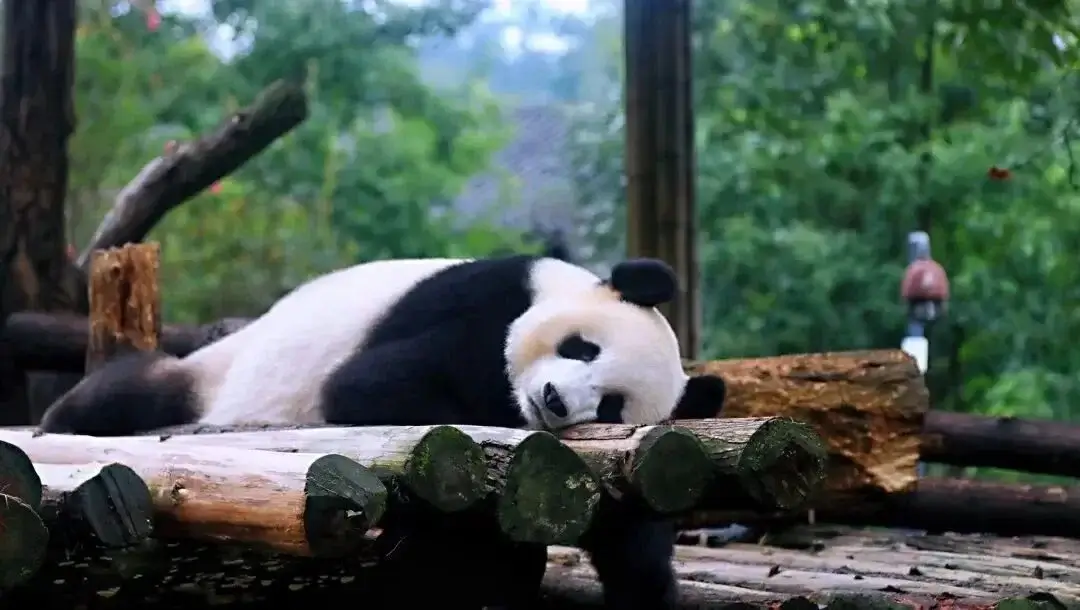
Juvenile Panda Enclosure: The young pandas here are incredibly lively, especially between 8:00 AM and 10:30 AM when they love to play, wrestle, climb trees, and even run around on the branches.
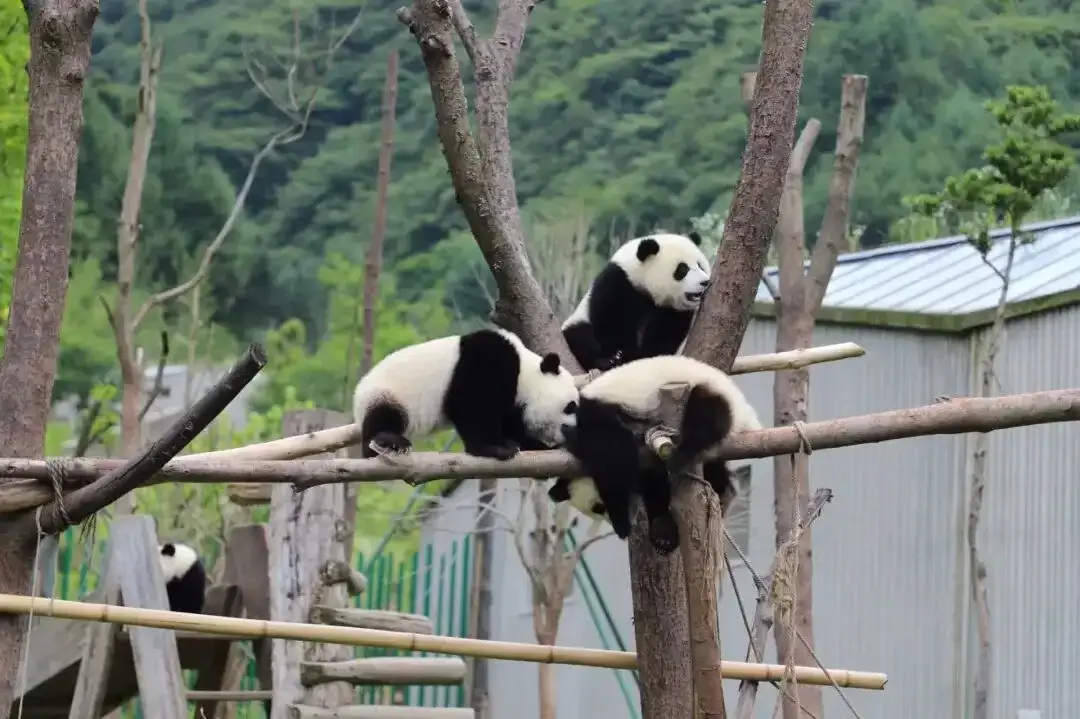
Sun Nursery and Moon Nursery: These are where giant panda mothers give birth and raise their cubs. You can see newborn cubs here, with the babies being most active from 10:00 AM to 11:30 AM and 2:00 PM to 3:30 PM.
Science Popularization Venue Area
Chengdu Panda Museum: Founded in 1992, the new museum began exhibition construction in August 2019 and officially opened to the public on March 3, 2021. It is an international, modern museum dedicated to science popularization, public education, exhibition, artifact collection, conservation, and academic research.
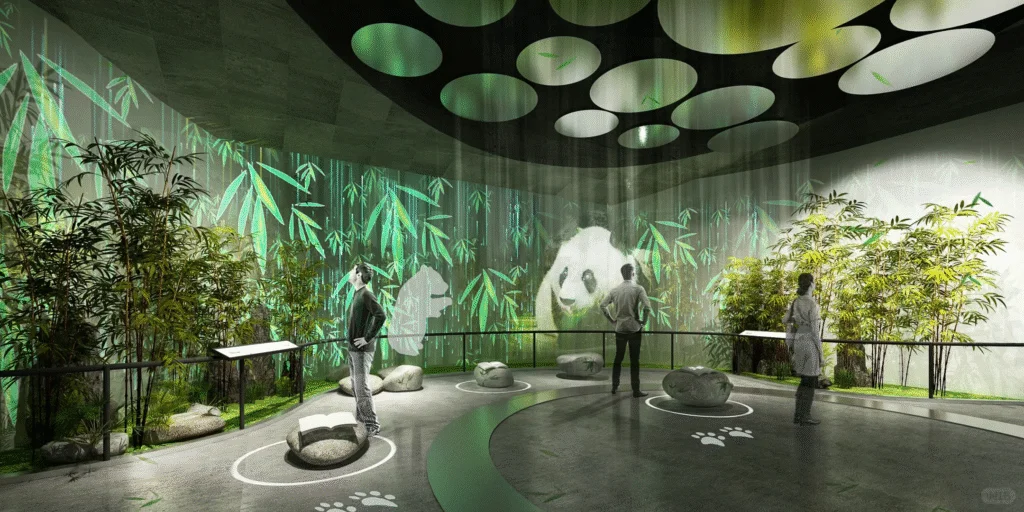
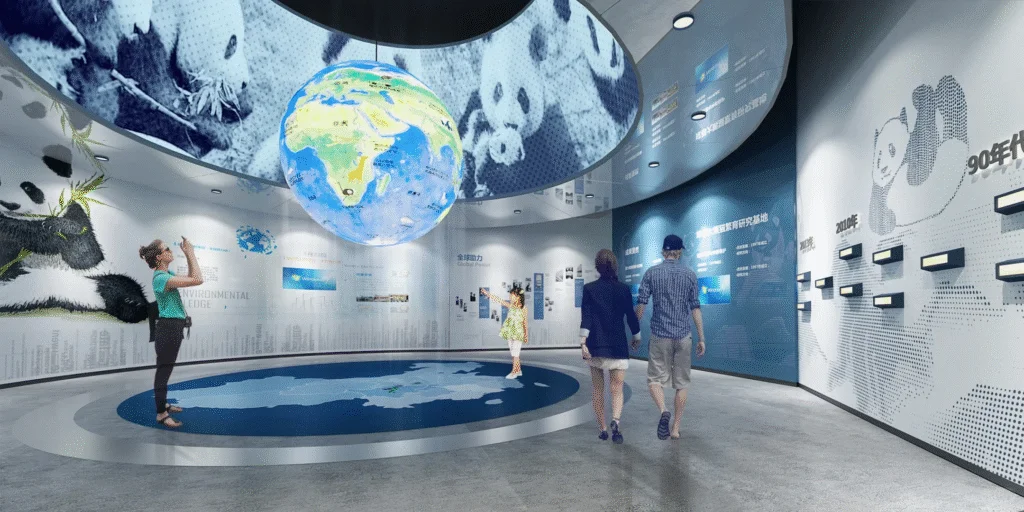
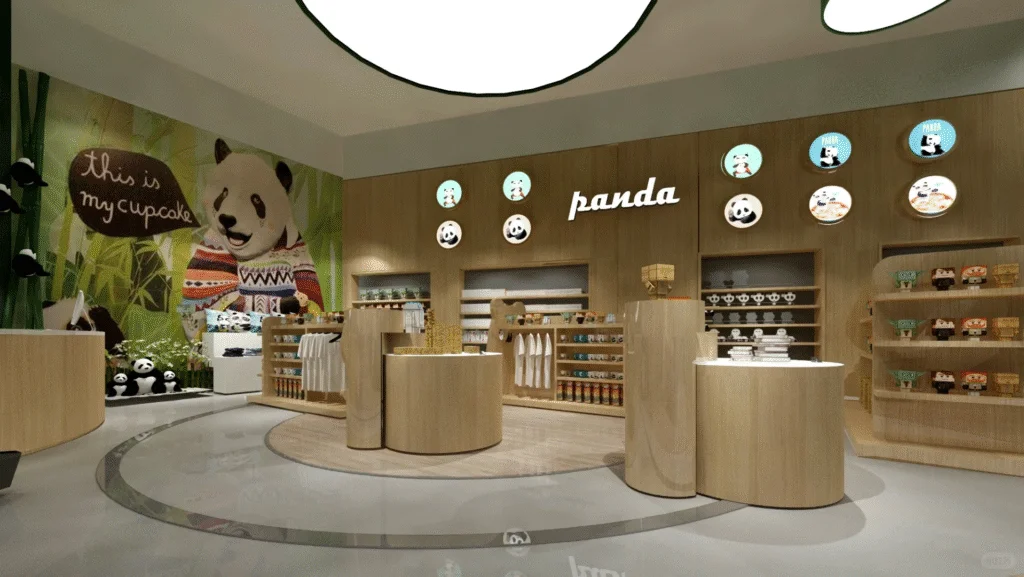
Panda Science Exploration Hall: Covering approximately 1,000 square meters, this hall features six thematic exhibits including “Overview of the Panda Research Base,” “The Mysterious Giant Panda,” and “Panda Courtship and Mating.” It presents the research endeavors and significant achievements of the Chengdu Research Base of Giant Panda Breeding to domestic and international visitors from a scientific and professional perspective.
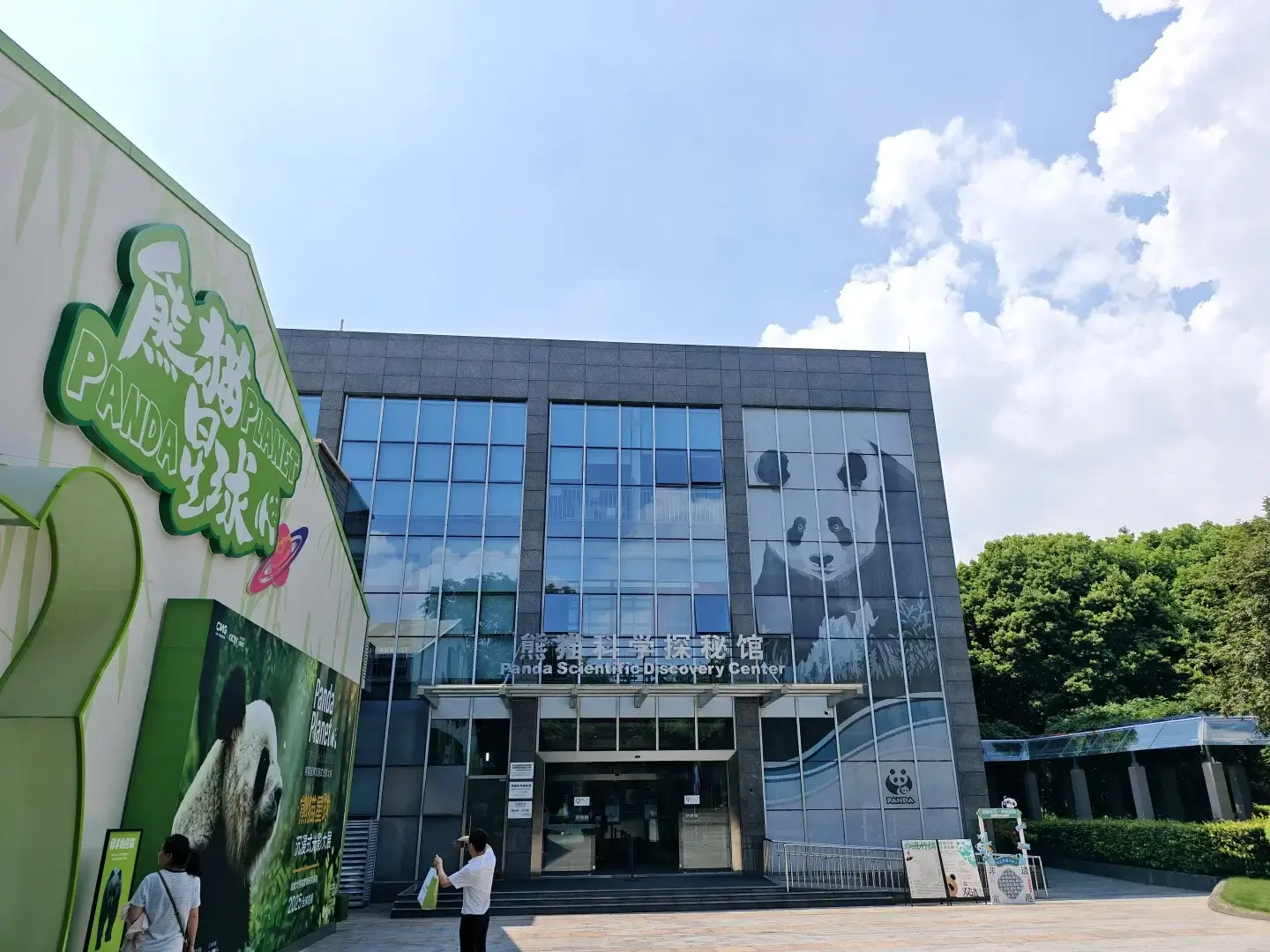
Recreation Area
Panda Tower: Standing 69.8 meters tall with nine floors, this tower resembles a bamboo shoot emerging after rain. As Chengdu’s new highest point and landmark building, it offers panoramic views of the entire Chengdu Research Base of Giant Panda Breeding and serves as a popular Instagrammable spot.
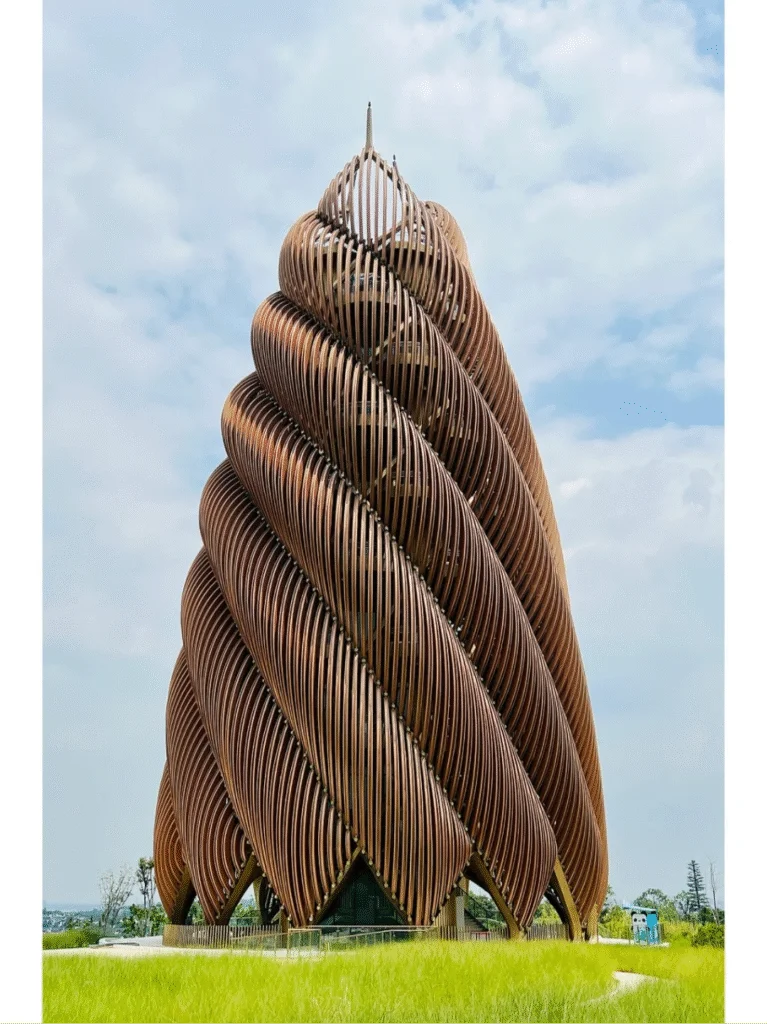
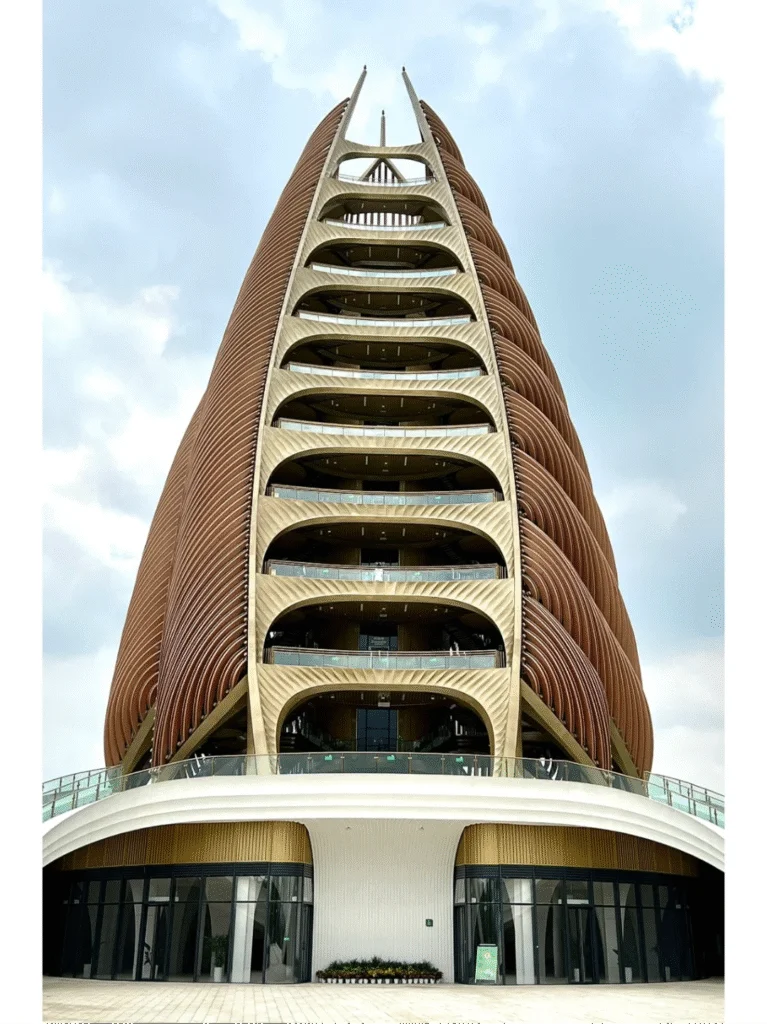
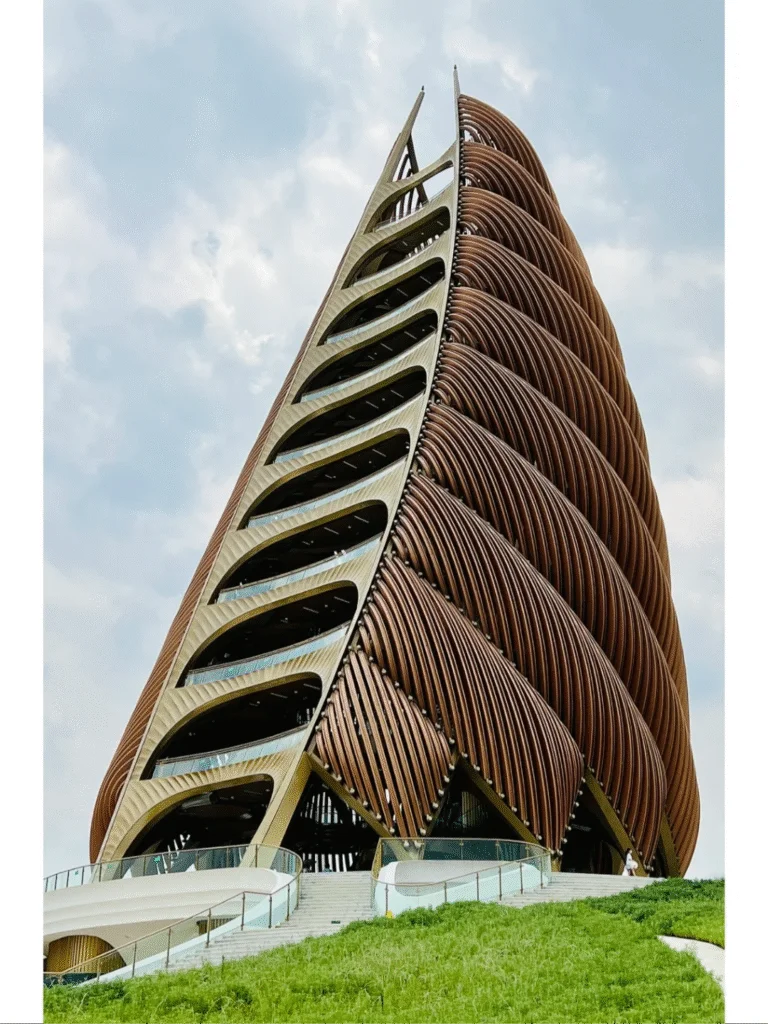
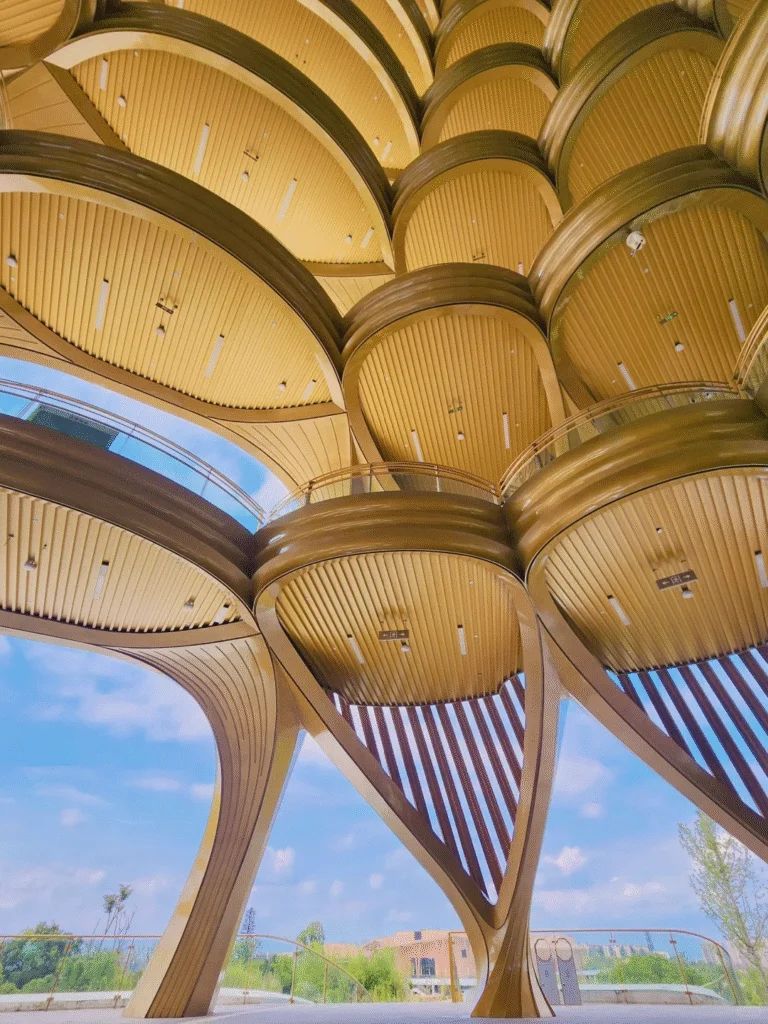
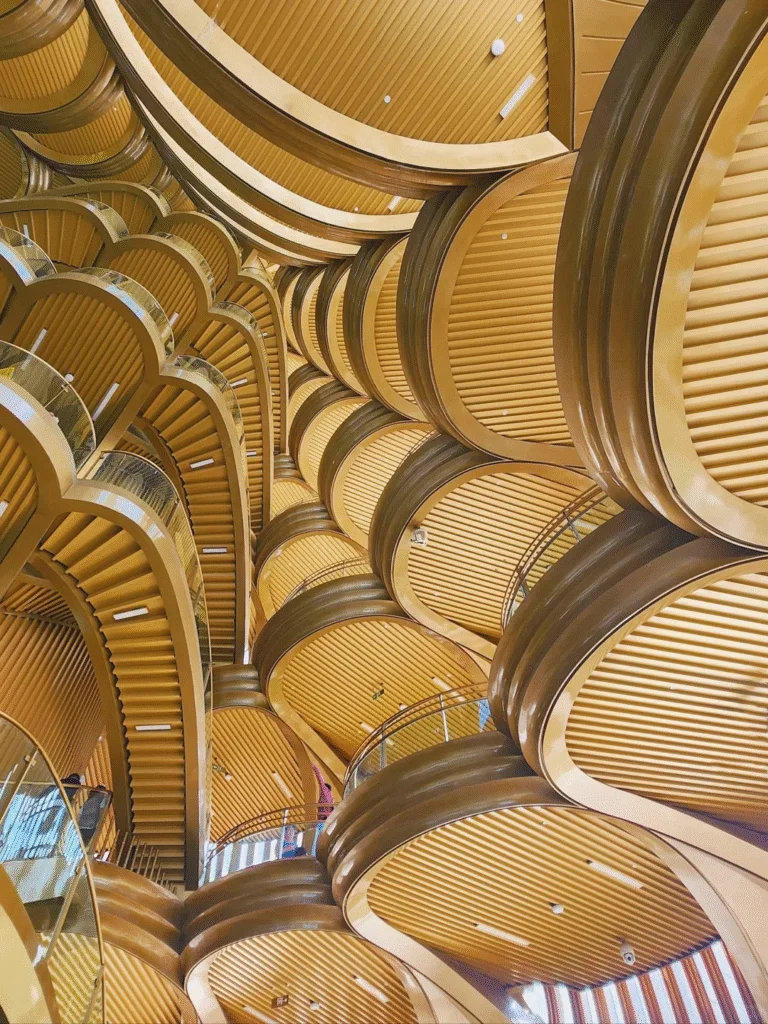
Bamboo Melody Restaurant: This Chinese restaurant is situated on the southeast shore of the picturesque Swan Lake, covering an area of approximately 900 square meters. It features seven private dining rooms across two floors and can accommodate over 200 guests simultaneously. The restaurant showcases a distinctive bamboo-themed decor.
Rose Garden Western Restaurant: Situated on the eastern shore of Swan Lake, this restaurant spans over 200 square meters. It features 16 outdoor round tables and more than 20 indoor booths, accommodating over 200 guests simultaneously.
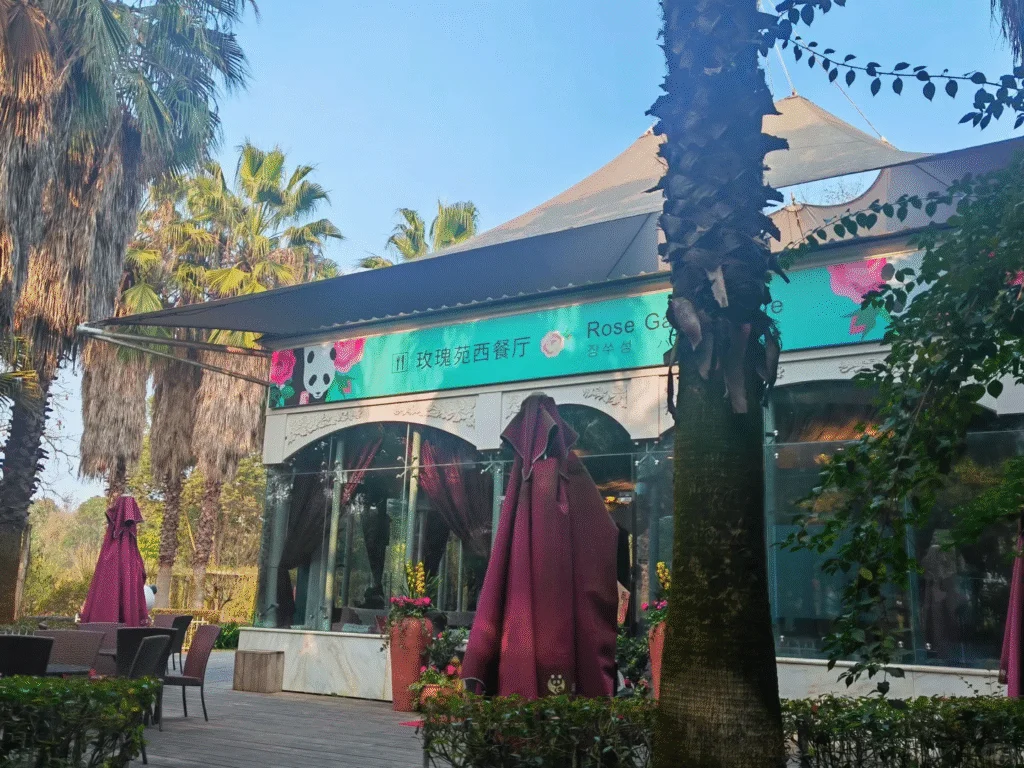
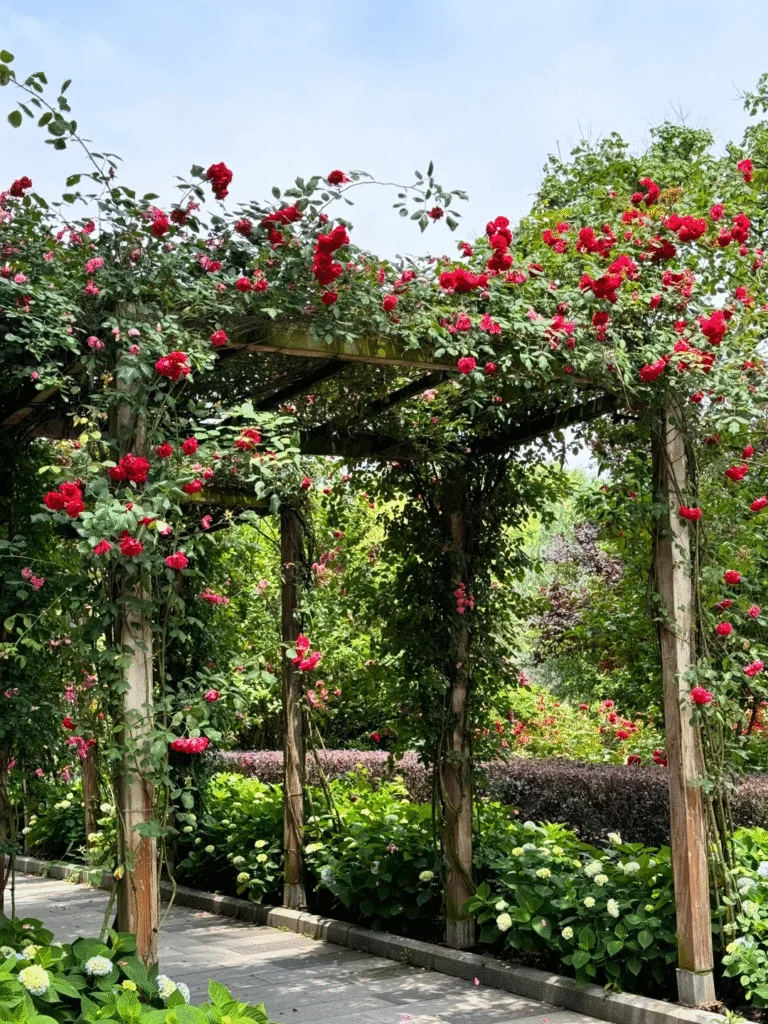
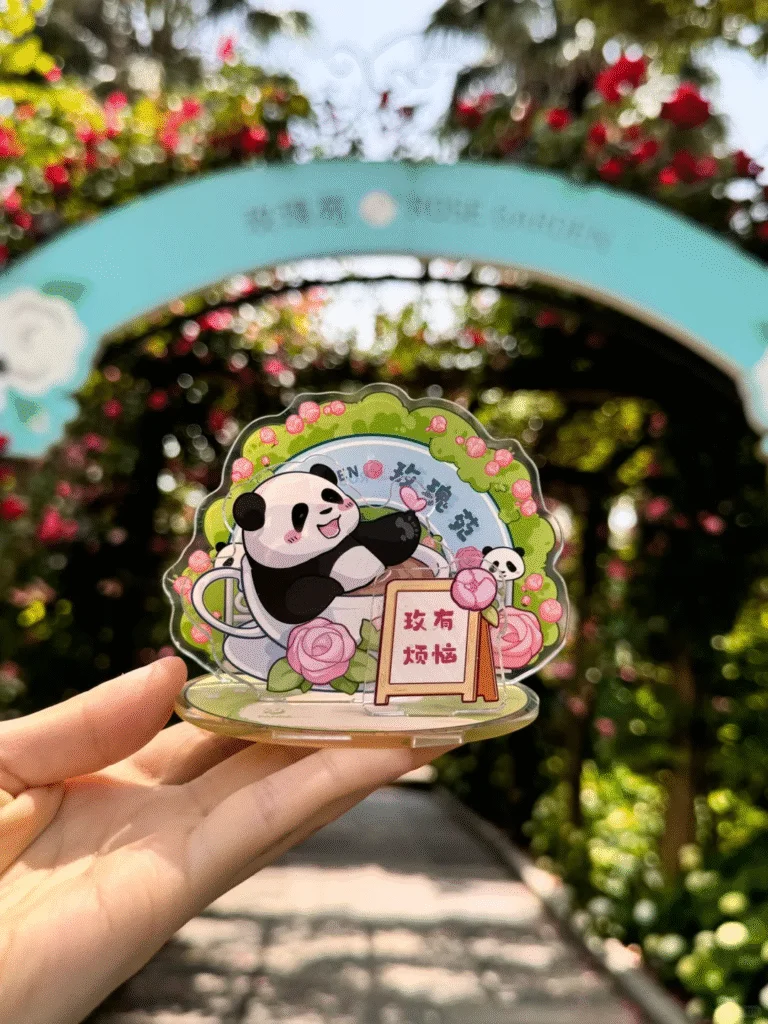
particularly
To successfully “chase stars” and spot Hua Hua at the Chengdu Panda Base, you must remember these time codes and weather clues. First, keep in mind Hua Hua’s “official day off”—every Monday. No matter how early you queue or how devotedly you wait, Hua Hua’s villa will be empty on Mondays. Rather than risking a wasted trip, plan your visit from Tuesday to Sunday instead. This gives both of you the perfect chance for a first encounter.
Weather also plays a crucial role in your panda-spotting success rate. On rainy days, the panda base often operates in a “closed-door mode.” The little ones dislike the cold and damp, so they’ll mostly be curled up indoors taking naps. Forget about spotting Hua Hua—even catching a glimpse of other pandas can be tough. Hot days are equally unfriendly. When temperatures exceed 26°C (80°F), pandas switch to “summer hibernation mode,” retreating to air-conditioned rooms to enjoy the cool. Outdoor activity areas are often deserted. Check the weather forecast before heading out—overcast days or temperatures between 18-25°C (64-77°F) are the optimal viewing window.
Another often overlooked factor is the “panda biological clock”: from 11 a.m. to 2:30 p.m., it’s their “nap time.” During this period, most panda enclosures fall quiet. Hua Hua and her friends might be curled up dozing on wooden platforms, and even if they venture out, they’re likely to be lazily sprawled out, lacking their usual liveliness. To catch them at their most lively, either arrive early—enter the park at 7:30 AM opening time when pandas are just waking up, munching bamboo and rolling around, maximizing interaction—or wait until after 2:30 PM when they stretch lazily after a nap and “clock in” for afternoon tea, tree climbing, and play. Every scene is a heartwarming highlight.
One final reminder: Hua Hua’s popularity is off the charts. Even if you pick the perfect day and time, queues are inevitable. We recommend purchasing tickets in advance through the official WeChat account, traveling light, and moving swiftly—don’t let unnecessary items slow you down. After all, who wouldn’t want to be among the first to see that round, slow-moving “top-tier female superstar”?
Weather also plays a crucial role in your panda-spotting success rate. On rainy days, the panda base often operates in a “closed-door mode.” The little ones dislike the cold and damp, so they’ll mostly be curled up indoors taking naps. Forget about spotting Hua Hua—even catching a glimpse of other pandas can be tough. Hot days are equally unfriendly. When temperatures exceed 26°C (80°F), pandas switch to “summer hibernation mode,” retreating to air-conditioned rooms to enjoy the cool. Outdoor activity areas are often deserted. Check the weather forecast before heading out—overcast days or temperatures between 18-25°C (64-77°F) are the optimal viewing window.
Another often overlooked factor is the “panda biological clock”: from 11 a.m. to 2:30 p.m., it’s their “nap time.” During this period, most panda enclosures fall quiet. Hua Hua and her friends might be curled up dozing on wooden platforms, and even if they venture out, they’re likely to be lazily sprawled out, lacking their usual liveliness. To catch them at their most lively, either arrive early—enter the park at 7:30 AM opening time when pandas are just waking up, munching bamboo and rolling around, maximizing interaction—or wait until after 2:30 PM when they stretch lazily after a nap and “clock in” for afternoon tea, tree climbing, and play. Every scene is a heartwarming highlight.
One final reminder: Hua Hua’s popularity is off the charts. Even if you pick the perfect day and time, queues are inevitable. We recommend purchasing tickets in advance through the official WeChat account, traveling light, and moving swiftly—don’t let unnecessary items slow you down. After all, who wouldn’t want to be among the first to see that round, slow-moving “top-tier female superstar”?



